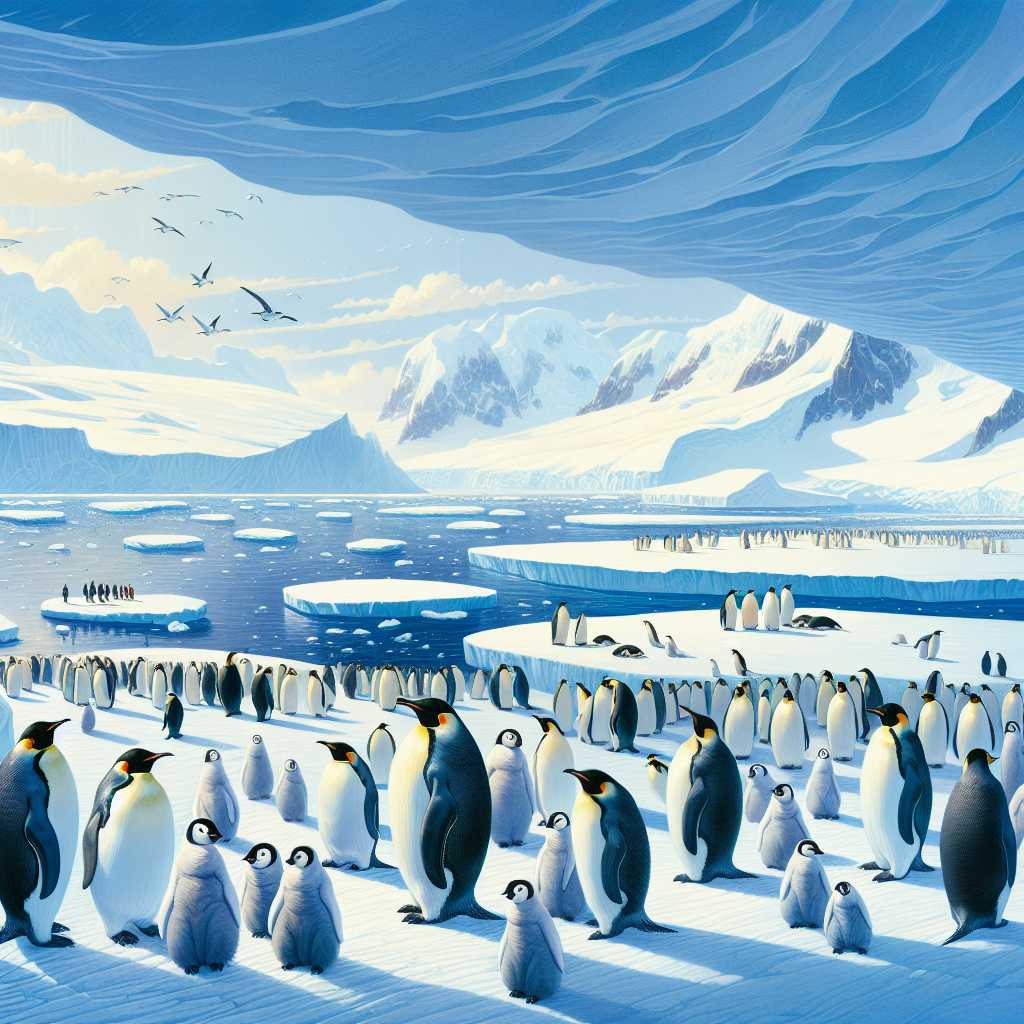The Fascinating World of Penguins: Understanding These Unique Birds
Penguins are a group of aquatic, flightless birds living almost exclusively in the Southern Hemisphere, particularly in Antarctica. With their distinctive black and white plumage and waddling gait, they have become endearing symbols of the icy regions they inhabit. This article aims to shed light on the various aspects of penguin biology, behavior, ecology, and the conservation challenges they face.
Evolutionary Origins and Physical Adaptations of Penguins
Penguins belong to the family Spheniscidae and are notable for their remarkable adaptability to cold environments. Evidence from the fossil record suggests that ancient penguins diverged from other bird species approximately 60 million years ago during the period known as the Paleocene epoch.
These birds have undergone numerous adaptations suitable for their marine lifestyle. Penguins have densely packed feathers that provide insulation against frigid temperatures. Their wings have evolved into flippers used for powerful swimming. They are also known for their distinct coloration—black backs and white undersides—a form of countershading that offers camouflage from predators while swimming. Additional adaptations include a specialized gland near their eyes that remove salt from seawater and robust bones to minimize buoyancy for dive propulsion.
Penguin Behavior and Social Dynamics
Feeding Habits
Food consumption varies among different penguin species, but generally, their diet consists mainly of krill, squids, and fishes. Penguin hunting strategies can be quite intricate; some species are known to dive deep underwater while others may hunt in groups.
Mating Rituals and Reproduction
Penguins breed in large colonies, and certain rituals such as stone offering or intricate mating dances play significant roles in pair bonding. The emperor penguin’s breeding season is particularly harsh—they lay and incubate eggs in the middle of Antarctic winters.
Rearing Offspring
After hatching, chicks are usually reared by both parents. They take turns keeping the young warm and finding food until they develop feathers dense enough to withstand the cold on their own.
Communication Among Penguins
Vocalizations are crucial among penguins as they help locate chick and mate within crowded colonies. Some species are known for their loud calls that can be heard over long distances.
The Ecological Importance of Penguins
As integral parts of their ecosystems, penguins help maintain the balance within their food chain. Their presence indicates the health of their maritime living space which also affects fisheries that many human communities rely on.
Diverse Habitats: From Ice Sheets to Tropical Islands
Penguins inhabit a variety of climatic conditions, not just icy Antarctic coasts. For instance, Galápagos penguins live on tropical islands straddling the Equator.
Conservation Challenges Faced by Penguin Populations
The threats facing penguin populations are multifaceted. Climate change is namely disturbing penguin habitats; melting sea ice affects food availability. Pollution, such as oil spills along with plastic waste, endangers their survival too. Overfishing negatively impacts their food sources whereas human encroachment puts a strain on their natural habitats.
Intervention through international agreements like the Convention on the Conservation of Antarctic Marine Living Resources (CCAMLR) aims to mitigate damaging human activities while groups such as the World Wildlife Fund (WWF) work on a broader scale to protect various penguin species through conservation programs.

